Things to do and what not to do Before you travel
Travel can create anxieties. Will something happen? Have you forgotten something? What to do if something happens? What should you do before traveling? Many of these fears can be dealt with if you plan things out in advance.
Start with the things you can do at home. Do you have the right ID to travel with? Is it valid for more than the duration of your trip? Many countries require your passport to be valid up to three months past your return. Check this before you arrive at the airport.
If your ID
(Passport or other travel document) isn’t appropriate for your trip deal with it well in advance. Don’t leave this until the last moment.
The next issue is money.
In the current world using a combination of your bank ATM card and credit card is the best choice. Travellers cheques aren’t widely used today and you will likely find them hard to cash. Bringing a large amount of cash not only increases your risks but you will also find it hard to exchange currency today. Few foreign banks exchange currency for non clients. The currency exchanges shops you’ll find in airports or in the touristy parts of towns will be very expensive. Leave the idea of bringing cash or travellers cheques in the past where it belongs.
Okay so you’ve decided to bring plastic. The next step is to contact your card provider and notify them of your travel dates and destinations. The last thing you want is the bank anti fraud department to block your credit for a foreign use . This should also be done well in advance. Today it’s likely you have online banking if possible use it contact your bank. Many banks allow you to notify them from the online banking portal. Some even have travel contact buttons. Saves you a trip to the bank .
Hopefully you’re planning well in advance.
The next smart move is to get a second bank card . Best if this is from a different bank. Why? You may lose the first one. Your bank may not notice your travel dates and block your card. If you have a second card from a different bank you’ll be prepared for virtually any situation. No need to use the second card. Keep it safe and hidden and only use it if needed.
Related to the above discussion on bank cards is the issue of fees. Check with your bank what they charge to access an ATM. If your bank is on the expensive end of the scale consider getting that second card from one of the low cost providers. The next step is to research what the banks you’ll be visiting charge. In some countries this will be zero but in others it can add up. Research in advance.
Final issue on money
consider getting a small amount of money for your first day. Enough to pay for a taxi from the airport,a meal or just for peace of mind. ATMs are the same the world over. There is always the risk they’ll not be working the moment you need them.
Next thing to check before
you go is anything that plugs in. North American wall outlets provide 110V at 60Hz. European outlets 220V at 50Hz. That will be an issue for any device not designed to handle a range of voltage. Fortunately it’s not very hard to check your devices. On your devices you should see a plate or just printed text. If you don’t find the information on the device itself it is often on the charger.
If you look at the image below you’ll see 100-240V 50/60Hz 5W. What that tells you is the device will work with anything from 100V to 240V (North America,Europe and Japan) with either 50 or 60Hz. The 5W is the power draw. Rarely an issue. But if you’re using an adapter of some sort it needs to be robust enough to handle the power draw. 5 Watts is virtually nothing and would never be an issue. OTOH a 2KW hair dryer would be a different issue.
The electrical device
you’re checking needs to show a voltage that matches the country you are traveling to. If it does see if there is a switch that needs to be flipped. More modern devices auto sense voltage and handle everything themselves. Older devices may require you to flip the switch. If there is a switch remember to flip it back once you return.
While traveling… Things to do and what not to do
Okay you’ve made it to the airport and everything has gone well. Did you pack correctly? Did you forget anything? Did you bring something you shouldn’t have?
Security restrictions
are the first thing to consider. Liquids are limited to 100ml per item for a total of 1 litre. Or about 3.4 US fluid oz per item. The bottles must have the size marked. If you need more then this you’ll have to check your liquids. But unless you have specific requirements you might be better buying once you arrive. You’ll save weight in your luggage and won’t have to deal with security.
Security also bans anything that might be considered weapons. That not only includes obvious items like knives but screwdrivers longer than seven inches are also banned.
In the USA the TSA provides a webpage you can check.
https://www.tsa.gov/travel/security-screening/whatcanibring
The EU AKA Europe has this list
Rules around the world are similar. But if you have any doubt you should check the relevant rules.
Outside of security issues
you need to think of a few other issues. Batteries should NOT be checked. That means any spare batteries should be in your carry on. Battery terminals should also be protected. If they came with caps use them. If not maybe consider electrical tape. In addition you really should not check electronics. Here the issue is more then the rules. High value items are safer in your carry on then in a checked bag.
Anything you can’t live without should be with you.
Glasses,medicines and ID are the main items. But you should also have your phone charger , cable AND plug adapter in your carry on. This would let you charge the phone if the battery dies at the airport. Remember to pack a plug adapter if your travels will require one. Consider a spare charging cable. They often have a nasty habit of failing at the worst time. You can even consider an external battery for your phone. Too often airport charging stations either don’t exist or have long lines.
Slip a print out of itinerary
into the side pocket of both your carry on and your checked bag. If you are home printing boarding passes or train tickets make an extra copy to keep tucked away. In addition make a note of all the important phone numbers and addresses you might need. Hotel,airline,bank but also travel insurance and consulate. It’ll only take a moment to jot this information down but in the worst case can save a great deal of stress. Do the same thing with your card numbers. Keep this separate from everything else. This way in the worst case you’ll be able to cancel your cards even if your carry on is lost.
You’ve arrived safe and sound Things to do and what not to do
The flight has landed. They didn’t lose your bags. You even got some sleep on the plane. Things seem good. A few more things to think about.
Back to money. Use only bank ATMs. Do not use ATMs in small corner shops. Or with strange names on them. Most of these ATMs are run by independent non bank companies. They make their money by charging you (often quite highly) for the privilege of using these machines.
It’s safest
to use the ATM actually inside the bank branch during banking hours. You’ll wonder why the prudence. The obvious one is inside the bank it’s harder for anybody to tamper with the machine. Remember what I said earlier about ATMs being the same the world over. No matter the country you travel to a risk of tampering exists but few thieves will walk into a bank and openly tamper with a machine while the staff looks on. The second reason is things happen. If the machine eats your card during business hours you can hopefully get it back fairly quickly. If it’s after closing on a Saturday you may have to wait until Monday morning. Imagine if your flight leaves Sunday.
If you are traveling to a country with a high risk of pick pocketing
you might want to consider a money belt. If you do remember a money belt is not something you access often during the day. You should never access it in public. It should not be visible. Think of it like underwear. You don’t change your underwear in public and you don’t access your money belt in public.
If you have forgotten to pack something don’t let it bother you. Virtually anything you buy at home can be bought abroad. You may even find something that isn’t sold at home.
Something you may not have thought about. If you intend to buy things abroad you will need to take into account the added weight in your luggage. There are lightweight small luggage scales you can buy today. Small enough to fit into your pocket. Accurate enough for luggage. Most importantly the cost is low enough you won’t need to risk an overweight luggage charge from the airline.
Less common issues
Most of the previous discussion applies to all travellers. There are a few less common things to think about.
If you have food allergies make up a card in the local language explaining your allergy. Show it to waiters before you order.
If you need to take medication not only should you make sure to have a large enough supply but you should get the generic name of the medicine. It’s not unusual for the brand name of medicines to differ between countries. Adding the generic names to that information sheet mentioned earlier will make it easier to get a refill or replace a lost medicine.
Final word. Things to do and what not to do
I can’t promise you that nothing will go wrong but you shouldn’t let the fear of problems hold you back. With a bit of basic planning you can make virtually any problem a minor one.
[amazon_link asins=’B018RGQC0A,B01NCZJ5UN,B01AZ9BIKG|B075M7CMV1,B07CDD7XYS,B009L3XSQ0′ template=’ProductCarousel’ store=’raveleick-20|travel06b-21′ marketplace=’US|UK’ link_id=’72ac8f9b-bef0-11e8-943a-2735226670d3′]
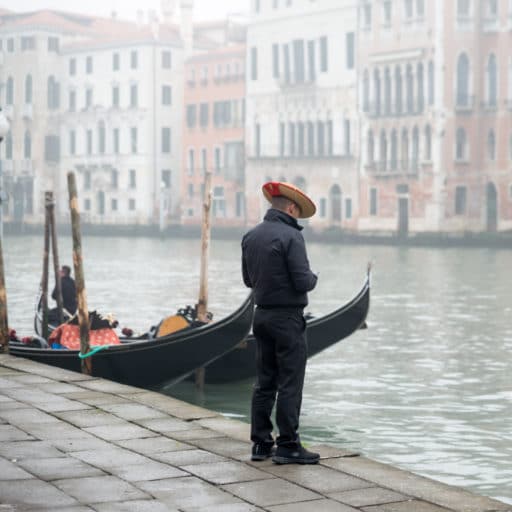
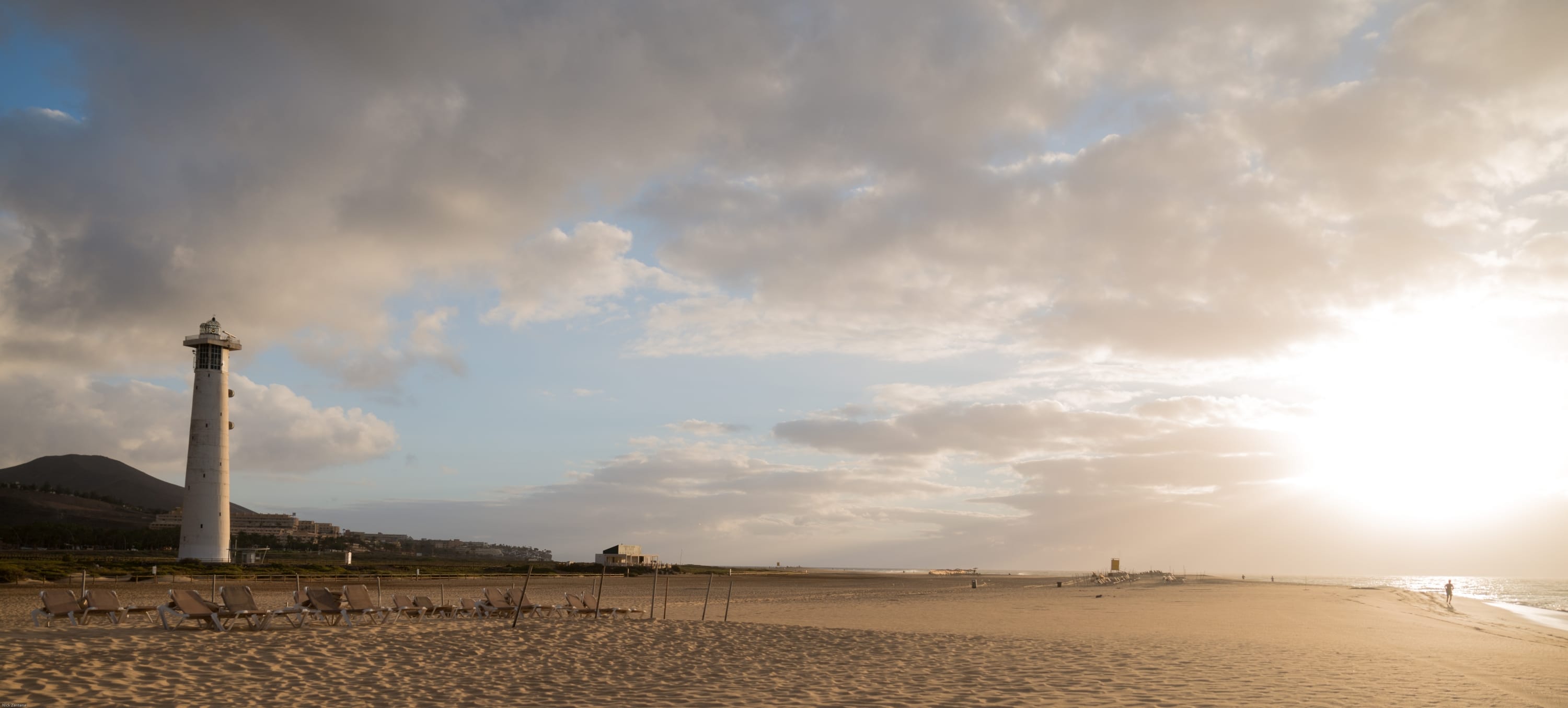
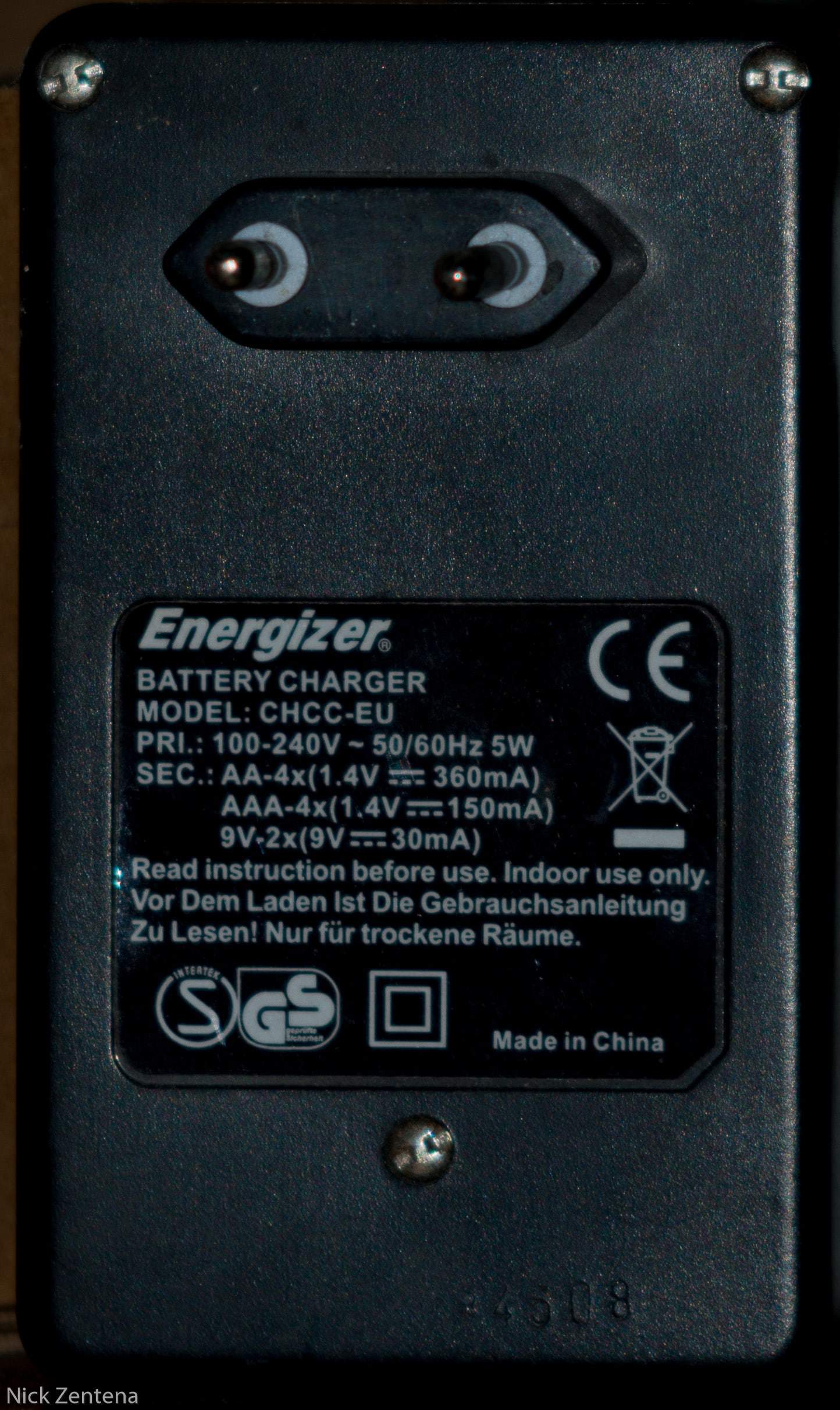
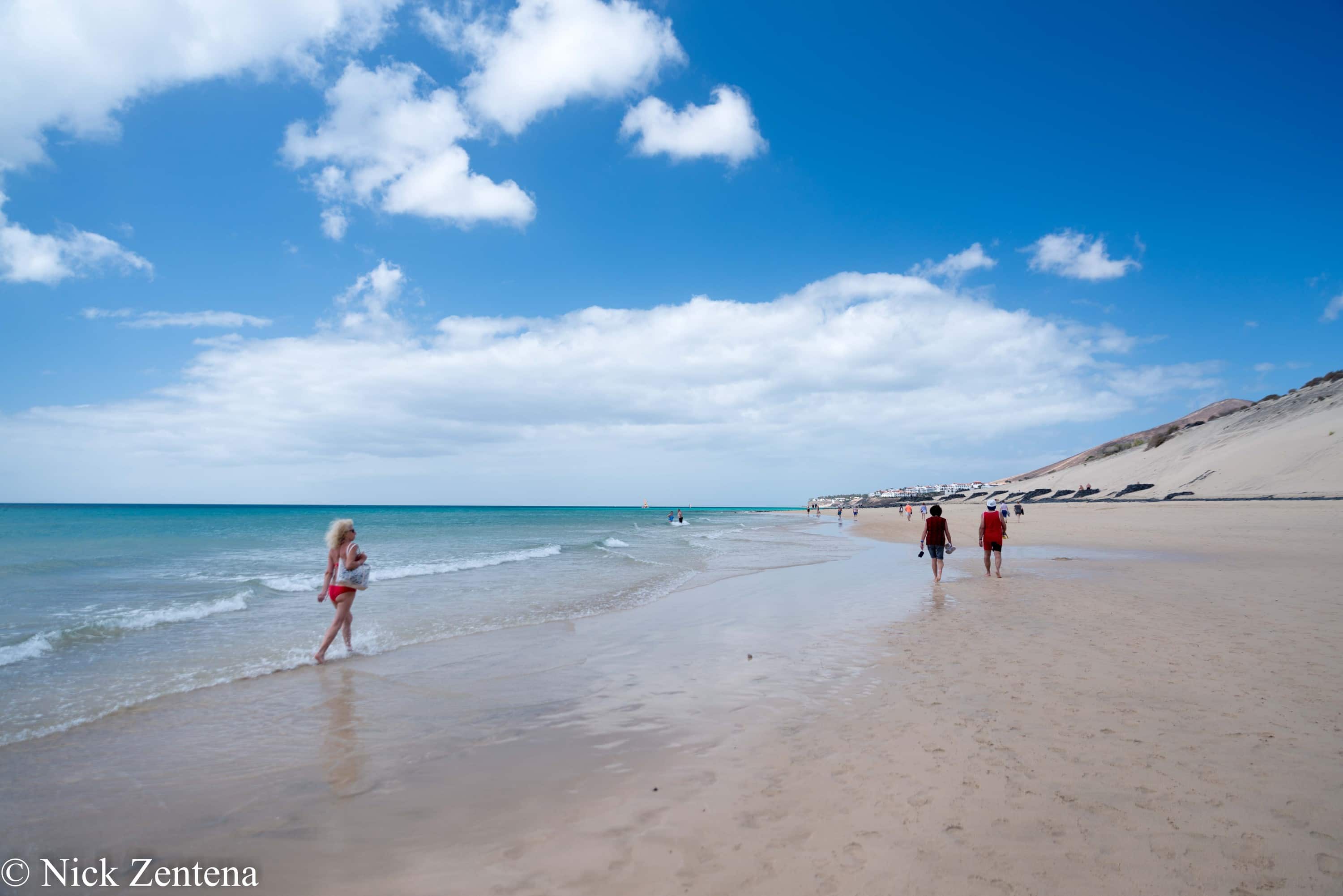


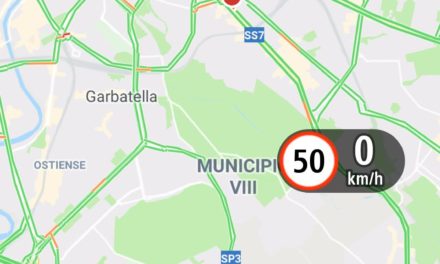
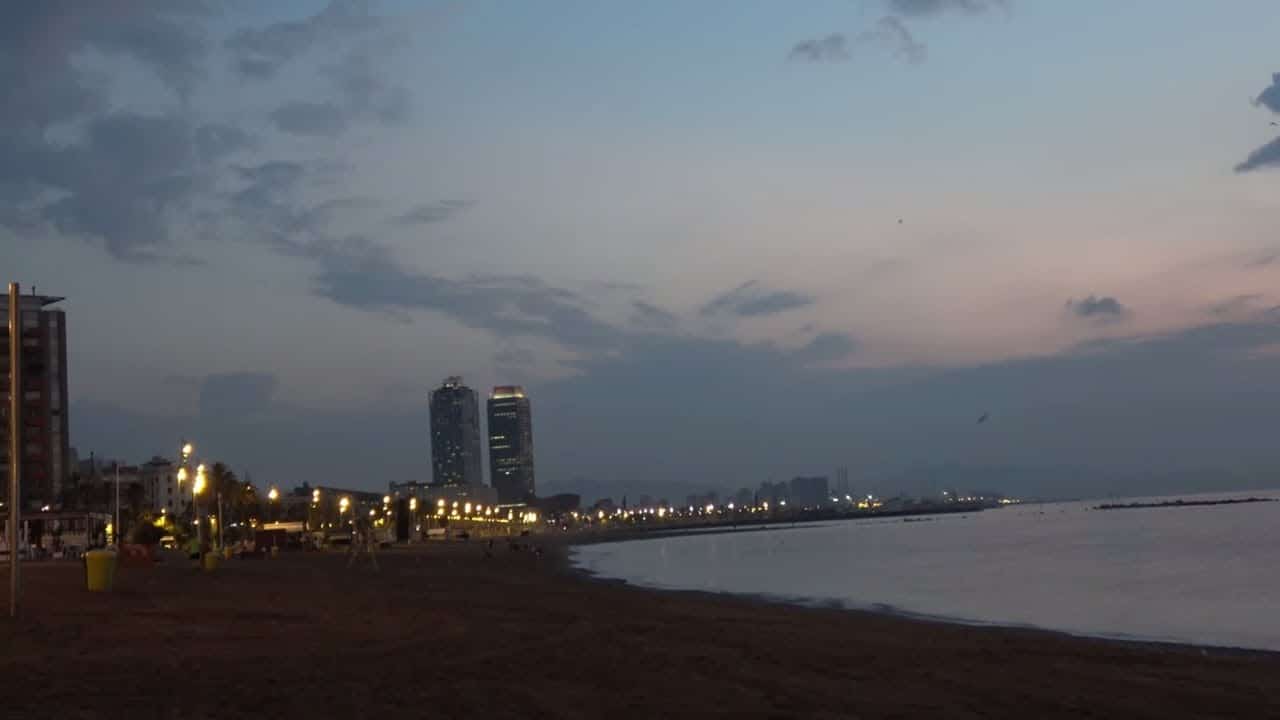
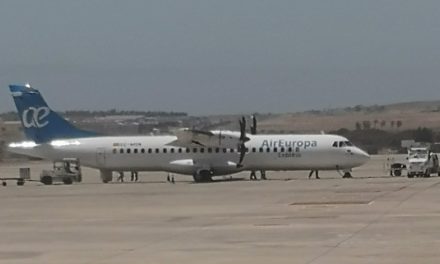
Very good tips especially the bit about the charger and adapter. Yes the security stuff is important but people tend to forget about the different electric outlets abroad.
I always forget some stuff or another while traveling. Once I forgot my camera memory card, then I forgot my ID proof. Making a List is important but then I keep forgetting that I have to make one too.
I know that feeling. I only forget the things I’ve made sure not to forget.
I think there is always something that you will forget! As long as you have money and ID with you everything is fine and you will survive everywhere!
So true.
thank you for sharing this encouraging words, nothing should hold you back, face the challenges and live to the fullest !
Very well thought out tips. The information about the electric outlets is especially helpful for traveling abroad.
These are some great tips. The power outlet one is one to remember, in particular. I almost always forget to check my devices so a reminder is always welcome.
Thanks for this post. It was really informative. When I travel, I take both cash and a card. I also keep my bank’s customer service number if in case I hit a snag. Oh, and I don’t plug in any of my devices into an outlet until I am sure it is the right voltage. I will be saving this article for reference too.
This is an excellent check list and you have covered all the important factors required to check before travelling.I always make a list and cross off everything I have packed.
I really need to do better and planning for trips in advance and doing the proper things to save up for a vacation. I don’t often do that and I know I want to take my daughter to more places. So I should be working at it.
This is a really helpful post indeed. Sometimes it is so hard to be organised when you are planning to travel so having these posts around it really great.
Great tips! I always carry a card on me and take out as little cash as possible. Remembering to bring the right plug adapter is so crucial!
This is a really informative post and you have thought of all valid points to consider. Safety is important when travelling so taking unnecessary risks is not an option.
great tips! thanks for taking the time to write this post.
Joy at The Joyous Living